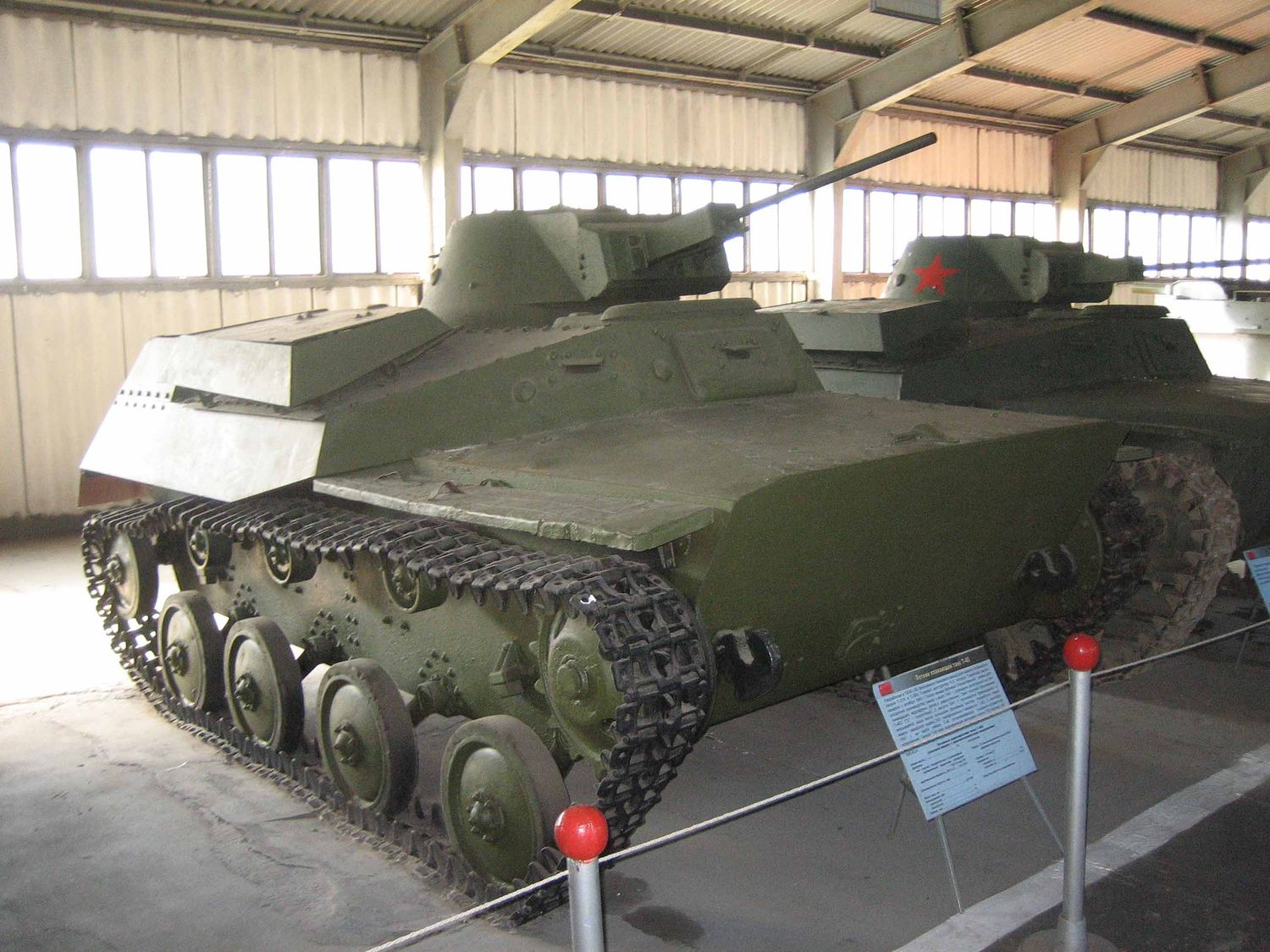
The T-40 amphibious scout tank is a fascinating piece of military history. Developed by the Soviet Union during World War II, this light tank was designed to perform reconnaissance missions and support infantry units. Its unique ability to traverse both land and water made it a versatile asset on the battlefield. But what makes the T-40 truly special? For starters, it was one of the first tanks to feature a fully enclosed turret, providing better protection for its crew. Additionally, its lightweight design allowed for greater speed and maneuverability. Want to know more? Here are 25 intriguing facts about the T-40 that highlight its significance and innovation in military technology.
The T-40 Amphibious Scout Tank: An Overview
The T-40 Amphibious Scout Tank was a Soviet light tank used during World War II. Designed for reconnaissance missions, it had unique features that made it stand out.
-
The T-40 was developed in 1938 by the Soviet Union. It was designed to replace the older T-37 and T-38 tanks.
-
This tank was amphibious, meaning it could operate both on land and in water. It had a boat-shaped hull to help it float.
-
The T-40 had a crew of two: a driver and a commander who also operated the machine gun.
-
It was armed with a 12.7 mm DShK machine gun, which was effective against infantry and light vehicles.
-
The tank's armor was relatively thin, with a maximum thickness of 13 mm. This made it vulnerable to anti-tank weapons.
-
The T-40 was powered by a 6-cylinder GAZ-202 engine, which provided 85 horsepower.
-
It had a top speed of 45 km/h on land and 6 km/h in water. This made it one of the faster tanks of its time.
-
The T-40 had a range of 300 km on land, allowing it to cover significant distances during reconnaissance missions.
-
It was equipped with a propeller and two small rudders for navigation in water. This allowed it to cross rivers and lakes.
-
The tank's suspension system used torsion bars, which provided a smoother ride over rough terrain.
Production and Deployment
The T-40 saw limited production and deployment during its service life. Despite its innovative design, it faced several challenges.
-
Only about 700 T-40 tanks were produced between 1939 and 1941. Production was halted due to the outbreak of World War II.
-
The tank was primarily used by Soviet reconnaissance units. Its amphibious capabilities made it ideal for crossing water obstacles.
-
The T-40 saw action during the early stages of World War II, particularly during the German invasion of the Soviet Union in 1941.
-
Due to its thin armor, the T-40 was vulnerable to German anti-tank weapons. Many were lost in combat.
-
The tank's production was eventually replaced by the T-60, which had better armor and armament.
-
Despite its shortcomings, the T-40 was praised for its mobility and versatility in reconnaissance missions.
Design and Features
The T-40 had several design features that set it apart from other tanks of its time. These features made it a unique addition to the Soviet armored forces.
-
The tank's hull was made of welded steel plates, which provided some protection against small arms fire.
-
It had a fully enclosed turret, which protected the crew from enemy fire and shrapnel.
-
The T-40's amphibious capabilities were a significant advantage in the marshy terrain of the Soviet Union.
-
The tank's small size and low profile made it difficult for enemy forces to detect and target.
-
It had a simple and reliable design, which made it easy to maintain and repair in the field.
-
The T-40 was equipped with a radio, which allowed it to communicate with other units during reconnaissance missions.
-
The tank's suspension system was designed to handle rough terrain, making it suitable for off-road operations.
-
The T-40's engine was relatively fuel-efficient, which extended its operational range.
-
Despite its limited production, the T-40 influenced the design of later Soviet tanks, particularly in terms of amphibious capabilities and mobility.
The Final Countdown
T-40 tanks, with their rich history and unique features, have left a lasting mark on military technology. From their development during World War II to their role in various conflicts, these tanks have proven their worth time and again. Their design innovations, such as the amphibious capabilities and lightweight armor, set them apart from other tanks of their era.
Understanding the facts about T-40 tanks not only gives us a glimpse into military history but also highlights the advancements in engineering and technology. Whether you're a history buff, a military enthusiast, or just curious about tanks, the T-40 offers a fascinating story.
So, next time you see a T-40 in a museum or read about it in a book, you'll know just how significant this piece of machinery truly is.
Was this page helpful?
Our commitment to delivering trustworthy and engaging content is at the heart of what we do. Each fact on our site is contributed by real users like you, bringing a wealth of diverse insights and information. To ensure the highest standards of accuracy and reliability, our dedicated editors meticulously review each submission. This process guarantees that the facts we share are not only fascinating but also credible. Trust in our commitment to quality and authenticity as you explore and learn with us.
